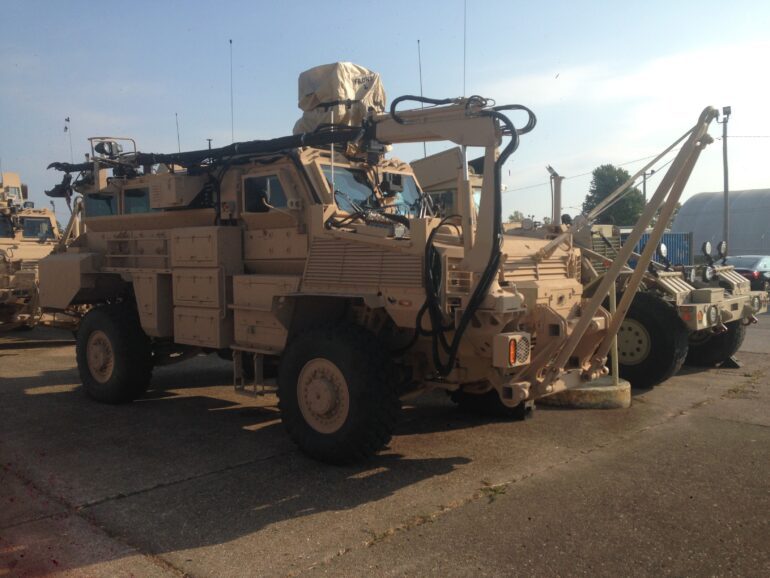TL;DR:
- US Army seeks input from industry on AI Bill of Materials (AI BOM) initiative.
- AI BOM aims to disclose the origins and components of AI algorithms, similar to software bill of materials practices.
- Young Bang emphasizes the importance of industry feedback to define AI BOM requisites.
- Pentagon invests in AI, machine learning, and autonomy for advanced decision-making and intelligence gathering.
- AI BOM seeks to improve cybersecurity and consistency without compromising intellectual property.
- Initiative mirrors efforts to secure supply chains for hardware components.
- Government Accountability Office reports over 685 ongoing AI projects at Pentagon, with Army managing 232.
Main AI News:
In an effort to bolster transparency and accountability, the US Army is actively soliciting insights from industry players concerning a nascent initiative centered around the disclosure of origins for their artificial intelligence algorithms.
Referred to as the AI Bill of Materials (AI BOM), this endeavor entails prospective contractors affording a candid glimpse into the composition of their digital components and supply chains. Analogous to the practices of Software Bill of Materials (SBOM) advocated by the National Telecommunications and Information Administration and the Cybersecurity and Infrastructure Security Agency, the AI BOM aims to establish a comprehensive understanding of the intricate AI ecosystem.
Speaking at the AFCEA TechNet Augusta conference in Georgia on August 15th, Young Bang, the Principal Deputy Assistant Secretary of the Army for Acquisition, Logistics, and Technology, articulated the importance of AI BOMs. He expressed that input from the industry is paramount in defining the contours of the AI BOM. Depending on the stipulated requisites for the AI BOM framework, stakeholders have the opportunity to shape its effectiveness.
The Pentagon is channeling substantial investments into AI, machine learning, and autonomy to meet the growing demand for rapid decision-making, advanced intelligence gathering, and diminished human exposure in increasingly sophisticated battlefields. In 2021, the Defense Department established its Chief Digital and AI Office, underscoring the foundational role of high-quality data in its pursuits. Earlier this year, Task Force Lima was launched to delve into generative AI possibilities.
The AI BOM initiative is not intended to undermine companies or compromise sensitive intellectual property; rather, it seeks to fortify cybersecurity and consistency. Bang clarified that the primary goal is to curtail the potential attack surface from an algorithmic standpoint. He stressed that the intention is not to seize intellectual property or engage in reverse engineering to disrupt businesses.
Bang offered a glimpse of the AI BOM concept earlier this year at the Army’s networks-and-communications conference, Technical Exchange Meeting X, held in Philadelphia. Initial feedback from industry stakeholders was gathered during the event to shape the preliminary requirements for the initiative. However, specifics from these consultations were not disclosed.
Bang likened the effort to secure supply chains for hardware components like semiconductors, indicating the Army’s intent to similarly safeguard the digital domain encompassing software, data, and AI.
According to the Government Accountability Office, over 685 AI-related projects are presently in progress within the Pentagon, with the Army overseeing at least 232 of these initiatives. As technological advancements continue to redefine modern warfare, the collaboration between the US Army and industry stakeholders through initiatives like the AI BOM stands as a testament to the evolving landscape of defense and security.
Conclusion:
The US Army’s engagement with industry stakeholders to establish an AI Bill of Materials underscores a significant step toward transparency and accountability in AI development. This collaboration reflects the ever-evolving landscape of defense technology and signifies the growing emphasis on safeguarding algorithms, improving cybersecurity, and aligning with industry best practices. As AI continues to shape the future of warfare and technology, the establishment of AI BOM sets a precedent for responsible AI deployment and robust partnerships between the military and private sector.

